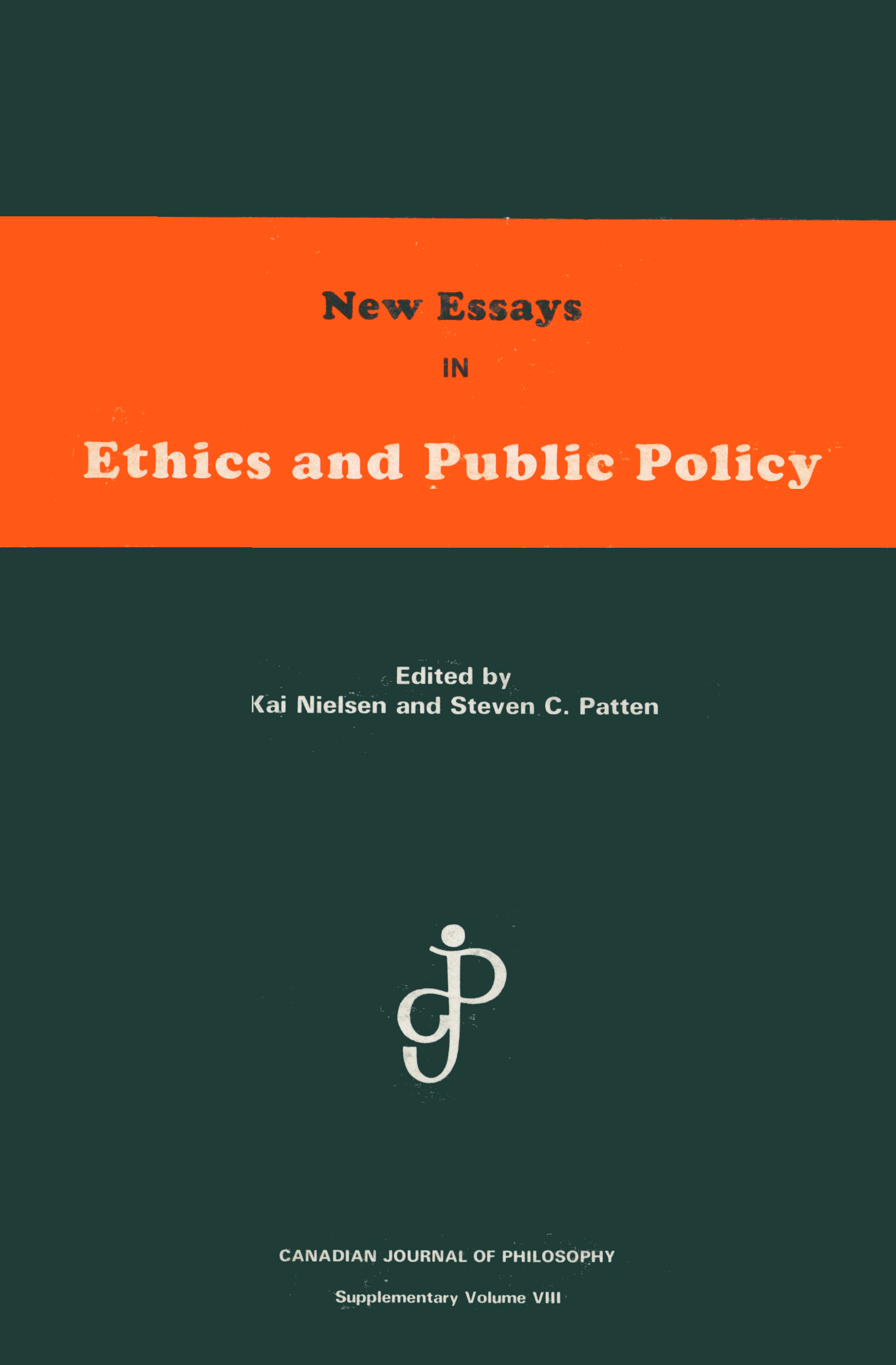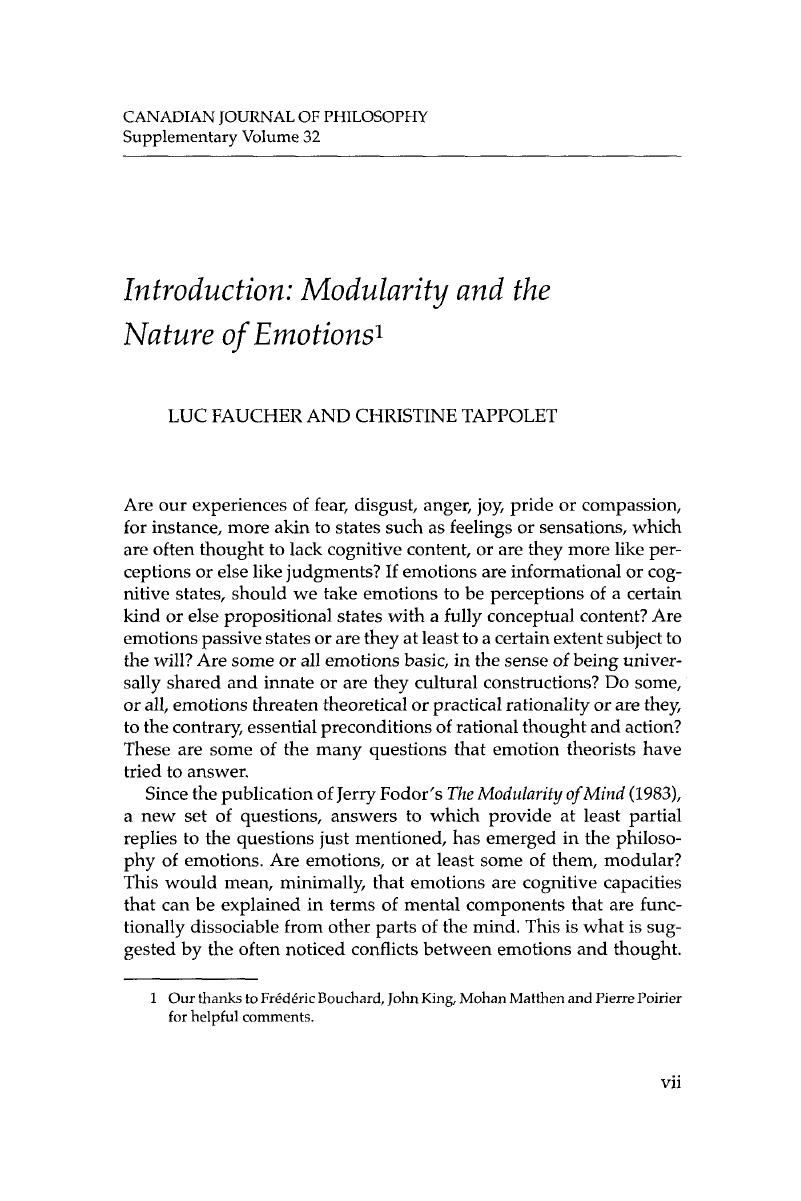Crossref Citations
This article has been cited by the following publications. This list is generated based on data provided by Crossref.
2009.
Darwin en tête !.
p.
309.
Viola, Marco
2020.
Cognition in 3E: Emergent, Embodied, Extended.
Vol. 56,
Issue. ,
p.
99.



